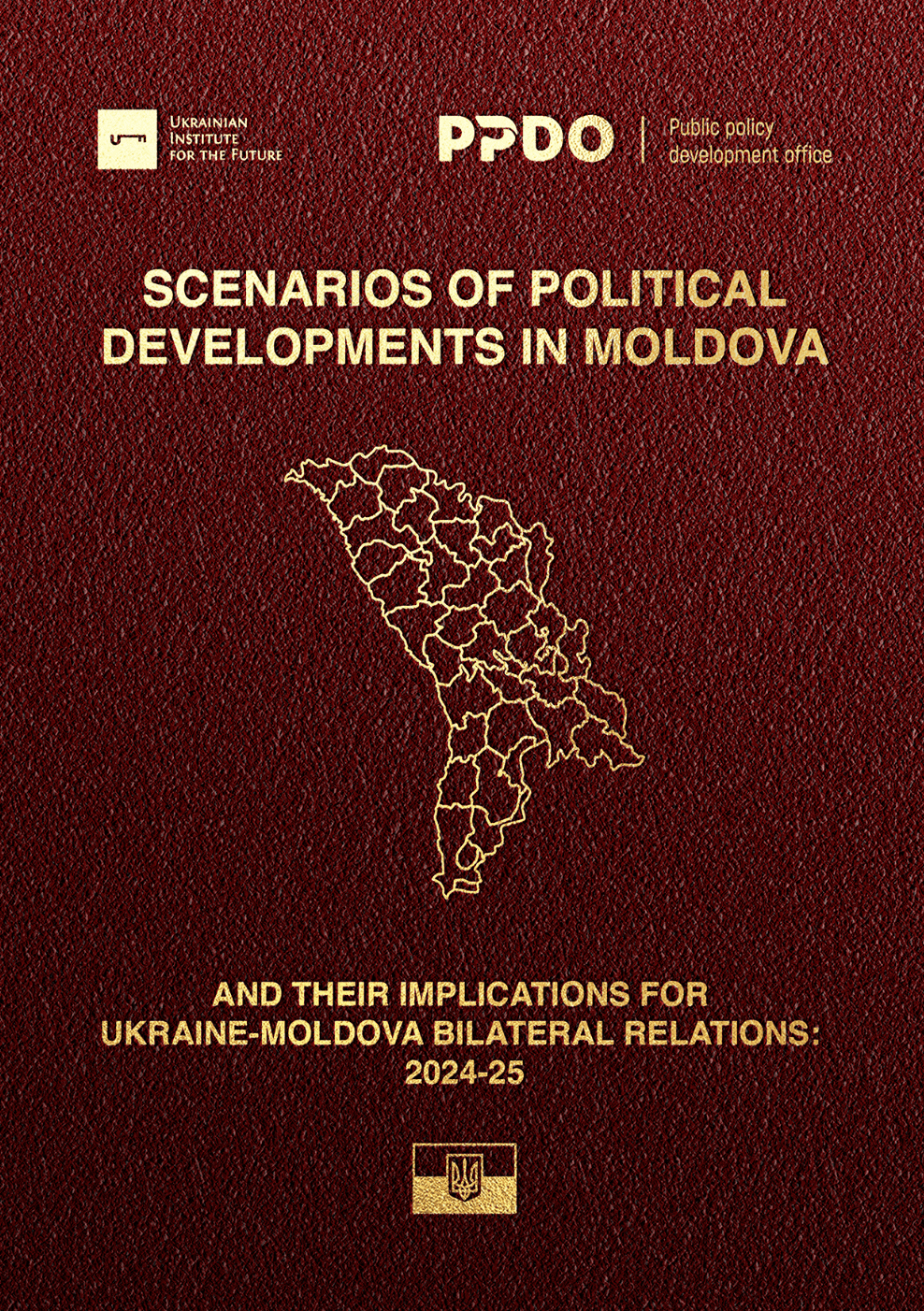This paper assesses potential outcomes of the 2024 presidential and 2025 parliamentary elections in Moldova, focusing on government formation for 2025-2029. It critically examines the performance of potential coalition governments concerning their Euro- Atlantic stance, especially regarding key bilateral issues in security, economy, diplomacy, and social matters amid the ongoing phase of Russia’s war of aggression against Ukraine.
Key Conclusions: The next government is likely to be a coalition, as the current political majority’s societal trust diminishes due to economic, social, and reform underperformance, alongside crises in energy pricing and agriculture adversely affecting the incumbent government. Societal sentiment at both local and national levels leans predominantly pro-European, as indicated by local election outcomes and public perceptions. Unless significant degradation occurs due to emerging crises and corruption scandals, the incumbent president and governing party are expected to retain a dominant position within the right-wing segment, alongside other actors. Among the three realistically possible coalitions, two are pro-European, consisting of the incumbent government party coupled with either pro-European center-left or other pro-European center-right parties, capable of forming a sufficient majority. The incumbent president’s re- election chances are bolstered by the mobilization of labor migrants, although a center-left pro- European candidate remains a strong alternative for ensuring a stable parliamentary democracy. The likelihood of pro-Russian party participation in the government, which could weaken the Euro-Atlantic stance, is minimal unless personal and reciprocal rivalries dominate. Some pro- European coalitions are better positioned to address bilateral security, economic, social, and diplomatic issues more effectively than the current governance regime.
Key Recommendations. The strategy is to focus on enhancing Moldova’s Euro-Atlantic orientation by increasing public engagement and discourse through credible information campaigns, supporting pro-Euro-Atlantic political parties to widen their electoral appeal, and mainstreaming individuals sympathetic to Euro-Atlantic principles within the political system. It advocates for a thorough review of the government’s alignment with Euro-Atlantic values and policies, encouraging the formation of a pro-European coalition that maximizes Euro-Atlantic policy compliance. Additionally, it entails examining Moldova’s stance on critical bilateral issues to identify discrepancies and their causes, alongside forecasting the implications of Moldova’s potential role as a buffer state and the actors supporting this tendency.
Content
Chapter 2 (Party Politics: 1994-2023) develops political Cycles Model for Moldova covering 8 past cycles analyzing intertwined and reciprocal influence of the system of government, electoral system, party geopolitics, key challenges, external actors’ participation and impact, government economic, social performance based on the respective policies. The Model, complimentary with the contextual sociological data, allows distilling the key conditions and factors that allows to make sound explanation and prediction for the forthcoming party politics formation and subsequent strength in the elections.
Chapter 3 (Local Elections, Perceptions) comprehensively detail the results of the most recent 2023 general local elections with each party performance in geographical, political disaggregation. It analyses reciprocal positioning along the availability to participate in the government, doctrine and geopolitical orientation update and the degree of opposition and hostility against the current government. This chapter develops additional model to contextualize country’s stability affecting the government also captures the last 2 years public perceptions on the key political parties and makes a preliminary forthcoming parliamentary results outcome.
Chapter 4 (Moldova Ukraine Bilateral) discusses the most pressing bilateral issues in the context of Russia’s war of aggression against Ukraine current stage. To facilitate the discussions, it develops a Model of 3 Hypotheticals that shapes Options of Moldova’s future developments from the euroatlantic alliance with Europe to “buffer state” with gradual European pathway and finally to a “neutral state” facilitating RF business platform. This model relationship with the critical issues related to security, diplomatic, economic and social is discussed.
Chapter 5 (Elections’ Coalitions’ Scenarios) reviews dynamic interplay between pro- European, NATO, and pro-Russian sentiments and their implications for the presidential and parliamentary elections candidates. It discusses in detail the current standing presidential candidates and their chances based on the perceptions measurements, historic data and electoral behavior. Similarly, it discusses and models parliamentary elections candidates and scenarios as well as government formation coalitions. It evaluates the degree of the euratlantic orientation of the possible Coalitions.
Chapter 6 (Conclusions, Recommendations) discusses the political implications of the Coalition scenarios on the bilateral issues in the context of the war. It makes the prediction on the Coalitions policies regarding security, diplomatic, economic and social issues refereed earlier. This section contains a set of the recommendations.
Annexes contain tables and data on the historic party parliamentary votes, party historic transformations and a brief glossary on the active emerging, new and old political parties that are mentioned in the research.
Methodology, Limitations
The paper used various primary data as surveys, election results from the publicly available sources. Subsequently, the data was made into combustible information in order to present them into the graphical and visual form to later analysis. We relied on earlier secondary sources regarding Analysis Models and Framework elaborated by the authors that facilitate the understanding of the situation and draw conclusions. Several methods of combinatory predictions and forecasting were employed based on the build in evidence.
The report time line was limited to 3 months and made it only partially to develop details and references unless directly mentioned. The report is a technical study that aims at help understand the situation and draw broad conclusions and recommendations rather than scientifically exhaustingly prove the former. The authors face vivid absence of the plausible secondary sources with exception of some descriptive materials.


Вам також буде цікаво:
$ 620 середня зарплата для українця – абстрактні ідеї чи реальний план?
Войны внутри Кремля: зачем отравили близкого друга Кадырова?
Перехід на воєнні рейки. Чи потрібна Україні мілітаризована економіка
Угорці за кордоном. Мова навчання їх дітей – пріоритети закордонної політики держави
Навіщо Росія затіяла гру навколо великого договору з Україною?
Українська відповідь злочинності й тероризму – прості пропозиції